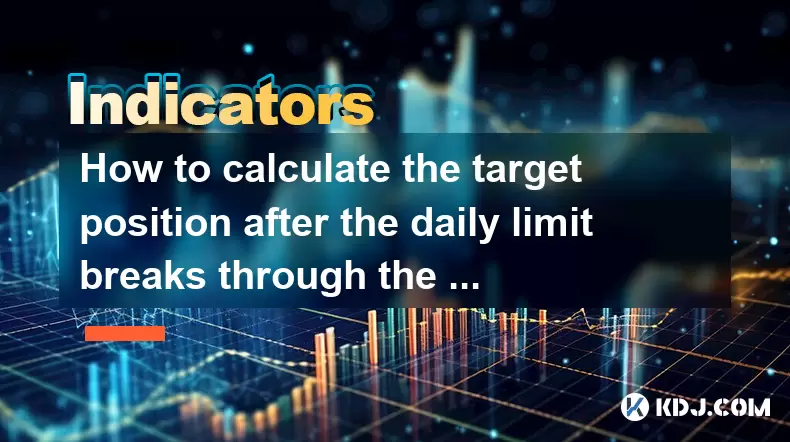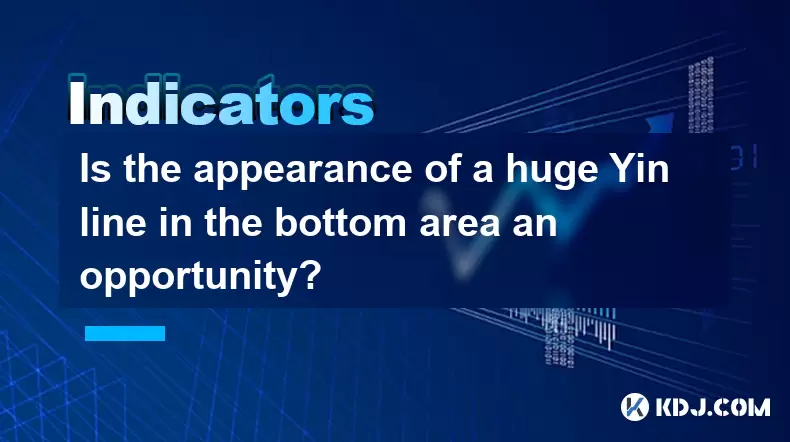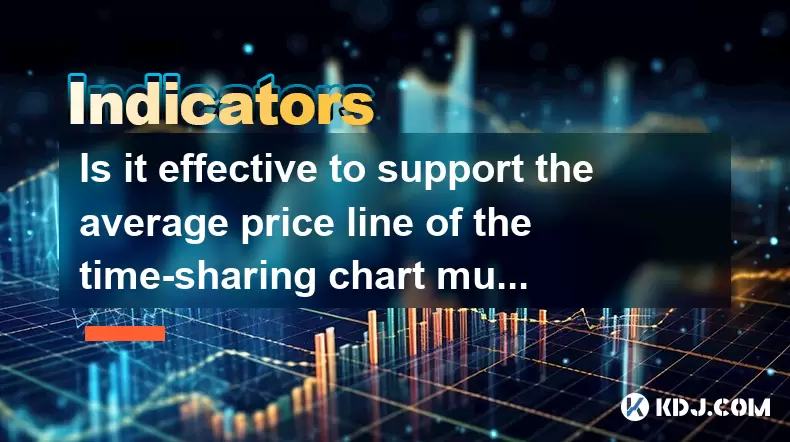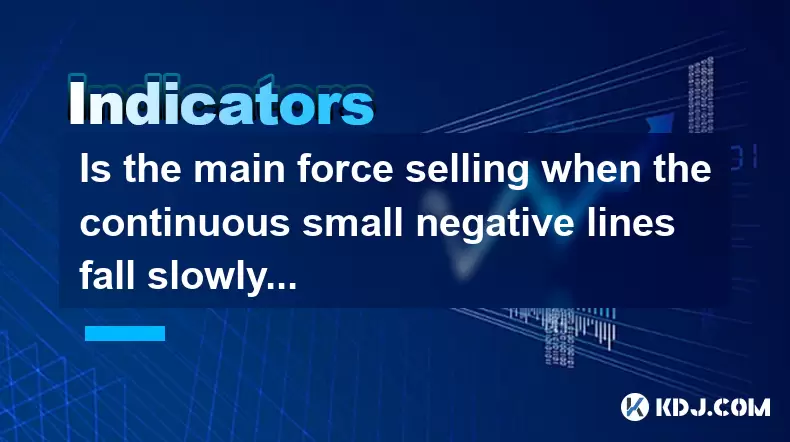-
 Bitcoin
Bitcoin $101,898.5005
-0.75% -
 Ethereum
Ethereum $2,258.1125
-1.07% -
 Tether USDt
Tether USDt $1.0004
0.01% -
 XRP
XRP $2.0178
-2.93% -
 BNB
BNB $624.0243
-1.53% -
 Solana
Solana $134.3298
-0.90% -
 USDC
USDC $0.9999
0.01% -
 TRON
TRON $0.2675
-2.05% -
 Dogecoin
Dogecoin $0.1538
-1.96% -
 Cardano
Cardano $0.5482
-1.11% -
 Hyperliquid
Hyperliquid $35.5636
5.45% -
 Bitcoin Cash
Bitcoin Cash $453.4902
-1.66% -
 Sui
Sui $2.5134
-2.97% -
 UNUS SED LEO
UNUS SED LEO $9.1292
1.77% -
 Chainlink
Chainlink $11.8457
-1.60% -
 Stellar
Stellar $0.2312
-2.73% -
 Avalanche
Avalanche $16.9721
0.29% -
 Toncoin
Toncoin $2.7549
-3.82% -
 Shiba Inu
Shiba Inu $0.0...01081
-1.10% -
 Litecoin
Litecoin $80.8250
-0.71% -
 Hedera
Hedera $0.1374
0.21% -
 Monero
Monero $305.4827
-2.36% -
 Ethena USDe
Ethena USDe $1.0006
0.00% -
 Dai
Dai $1.0000
-0.01% -
 Polkadot
Polkadot $3.2085
-3.12% -
 Bitget Token
Bitget Token $4.0845
-3.13% -
 Uniswap
Uniswap $6.3353
-1.63% -
 Pi
Pi $0.5085
-0.70% -
 Pepe
Pepe $0.0...08913
-3.82% -
 Aave
Aave $232.7090
-0.58%
What is the best setting for short-term SAR parameters?
For short-term trading, adjust Parabolic SAR's AF to 0.03 and MAF to 0.25; test and adapt settings based on asset volatility and market conditions.
May 23, 2025 at 09:42 pm

Understanding the Parabolic SAR Indicator
The Parabolic SAR (Stop and Reverse) is a popular technical analysis tool used by traders to determine the potential reversal points in the price direction of an asset. It is particularly useful for short-term trading strategies, as it helps traders identify when to enter or exit a trade. The effectiveness of the Parabolic SAR depends largely on its settings, which can be adjusted to suit different trading styles and market conditions.
The key parameters of the Parabolic SAR are the Acceleration Factor (AF) and the Maximum Acceleration Factor (MAF). These settings determine the sensitivity of the indicator to price movements. The default values for these parameters are typically set at 0.02 for the AF and 0.20 for the MAF. However, for short-term trading, these settings may need to be optimized to achieve better results.
Importance of Short-Term SAR Parameters
For short-term trading, the choice of SAR parameters is crucial because it affects the frequency and accuracy of trade signals. A higher AF value will make the SAR more sensitive to price changes, resulting in more frequent signals. Conversely, a lower AF value will make the indicator less sensitive, leading to fewer but potentially more reliable signals.
The MAF, on the other hand, sets a cap on how high the AF can go. A higher MAF allows the SAR to accelerate more quickly, which can be beneficial in trending markets but may lead to premature exits in choppy markets. A lower MAF will keep the acceleration more restrained, which can be advantageous in volatile markets where sudden reversals are common.
Optimal Settings for Short-Term Trading
Finding the best settings for short-term SAR parameters involves a balance between sensitivity and reliability. A common starting point for short-term trading is to set the AF at 0.03 and the MAF at 0.25. These values are slightly more aggressive than the defaults and can help capture short-term trends more effectively.
However, the optimal settings can vary depending on the specific asset being traded and the market conditions. For highly volatile assets, such as cryptocurrencies like Bitcoin or Ethereum, you might want to use even more aggressive settings, such as an AF of 0.04 and a MAF of 0.30. These settings can help you stay in a trade longer during strong trends but may result in more false signals.
Testing and Adjusting SAR Parameters
To find the best settings for your short-term trading strategy, it is essential to backtest different parameter combinations. Backtesting involves applying the SAR indicator with various settings to historical price data to see how well it would have performed. This process can help you identify which settings work best for your specific trading style and the assets you are interested in.
- Choose a trading platform that allows you to adjust the SAR parameters and backtest your strategy.
- Select a historical data set for the asset you want to trade.
- Apply the SAR indicator with different AF and MAF values to the data.
- Analyze the results to see which settings produced the best performance metrics, such as profit, drawdown, and win rate.
Practical Example of Adjusting SAR Parameters
Let's consider a practical example of how to adjust the SAR parameters for short-term trading on a cryptocurrency like Bitcoin. Suppose you are using a trading platform that allows you to customize the SAR settings.
- Open your trading platform and navigate to the chart for Bitcoin.
- Add the Parabolic SAR indicator to the chart.
- Set the initial AF to 0.03 and the MAF to 0.25.
- Observe the signals generated by the SAR and compare them to the actual price movements.
- If the signals are too frequent, try reducing the AF to 0.02.
- If the signals are too slow, increase the AF to 0.04 or adjust the MAF to 0.30.
- Continue testing different combinations until you find the settings that best suit your trading strategy.
Monitoring and Adapting to Market Conditions
Even after finding the best settings for your short-term SAR parameters, it is important to continuously monitor and adapt to changing market conditions. Market volatility can change rapidly, and what works well one week may not be effective the next.
- Keep an eye on market trends and adjust your SAR settings accordingly.
- If the market becomes more volatile, you may need to increase the AF to capture short-term trends more effectively.
- If the market becomes less volatile, reducing the AF can help avoid false signals.
- Regularly review your trading performance and make adjustments to your SAR parameters as needed.
Frequently Asked Questions
Q: Can the Parabolic SAR be used effectively for long-term trading?
A: While the Parabolic SAR is primarily used for short-term trading, it can be adapted for long-term trading by adjusting the parameters to make the indicator less sensitive. For long-term trading, you might want to use a lower AF, such as 0.01, and a lower MAF, such as 0.10, to filter out short-term noise and focus on longer-term trends.
Q: How does the Parabolic SAR perform in sideways markets?
A: The Parabolic SAR can struggle in sideways or ranging markets because it is designed to capture trends. In such conditions, the indicator may generate many false signals, leading to frequent whipsaws. To mitigate this, you can reduce the AF to make the indicator less sensitive to small price movements.
Q: Is it possible to combine the Parabolic SAR with other indicators for better results?
A: Yes, combining the Parabolic SAR with other technical indicators can enhance its effectiveness. For example, using the SAR in conjunction with moving averages or the Relative Strength Index (RSI) can help confirm signals and reduce the likelihood of false entries and exits. Experiment with different combinations to find what works best for your strategy.
Q: How often should I adjust the SAR parameters?
A: The frequency of adjusting SAR parameters depends on your trading style and the market conditions. For short-term trading, you might need to adjust the parameters weekly or even daily, especially in highly volatile markets. For longer-term trading, adjustments might be necessary less frequently, such as monthly or quarterly. Always monitor your trading performance and make changes as needed.
Disclaimer:info@kdj.com
The information provided is not trading advice. kdj.com does not assume any responsibility for any investments made based on the information provided in this article. Cryptocurrencies are highly volatile and it is highly recommended that you invest with caution after thorough research!
If you believe that the content used on this website infringes your copyright, please contact us immediately (info@kdj.com) and we will delete it promptly.
- Bitcoin Price Wobbles: Crash Watch and Key Support Levels
- 2025-06-23 16:25:12
- Navigating the Crypto Seas: Charting a Course Through Bull Runs and Bear Markets
- 2025-06-23 16:25:12
- BNB Price Check: Stablecoin Surge vs. Prediction Rollercoaster
- 2025-06-23 14:25:12
- Metaplanet's Bitcoin Bonanza: Holdings Skyrocket Amidst Market Swings
- 2025-06-23 14:25:12
- Global Meltdown, Investors, and Safe Havens: Navigating the Storm
- 2025-06-23 14:30:12
- NFT Sales Snapshot: Guild of Heroes, Polygon, and the Market's Shifting Sands
- 2025-06-23 15:25:12
Related knowledge

How much volume is required for the W-bottom to break through the neckline of the time-sharing chart?
Jun 23,2025 at 04:21pm
Understanding the W-Bottom Pattern in Cryptocurrency TradingThe W-bottom pattern is a popular technical analysis formation used by traders to identify potential bullish reversals. It typically appears at the end of a downtrend and resembles the letter 'W' on price charts. In the context of cryptocurrency trading, where volatility is high and trends shif...

How to read the sideways consolidation after the bottom volume and long positive line?
Jun 23,2025 at 02:28pm
Understanding the Sideways ConsolidationWhen analyzing cryptocurrency charts, sidewards consolidation refers to a phase where prices move within a narrow range without a clear upward or downward trend. This pattern often appears after significant price movements, such as a sharp increase followed by a period of equilibrium between buyers and sellers. In...

How to calculate the target position after the daily limit breaks through the previous high?
Jun 23,2025 at 02:57pm
Understanding the Daily Limit BreakthroughIn cryptocurrency trading, a daily limit typically refers to the maximum price movement allowed within a single trading day on certain exchanges. When this limit is breached, especially when it surpasses the previous high, traders often seek to calculate the target position or expected price movement following s...

Is the appearance of a huge Yin line in the bottom area an opportunity?
Jun 23,2025 at 04:07pm
Understanding the Meaning of a Huge Yin LineIn technical analysis within the cryptocurrency market, a huge Yin line is often interpreted as a strong bearish signal. It indicates that sellers have dominated the market over a specific period, pushing prices significantly downward. When this occurs in what appears to be a bottom area, traders might questio...

Is it effective to support the average price line of the time-sharing chart multiple times?
Jun 23,2025 at 01:36pm
Understanding the Average Price Line in Time-Sharing ChartsIn cryptocurrency trading, time-sharing charts refer to real-time price charts that display price movements over short intervals, often within a single trading day. Within these charts, the average price line, also known as the Volume Weighted Average Price (VWAP), is a commonly used technical i...

Is the main force selling when the continuous small negative lines fall slowly?
Jun 23,2025 at 03:35pm
Understanding Continuous Small Negative Lines in Cryptocurrency ChartsIn cryptocurrency trading, continuous small negative lines refer to a pattern where the price of an asset declines gradually over time with small bearish candlesticks. These candlesticks typically have short bodies and may or may not have wicks. This pattern often appears during perio...

How much volume is required for the W-bottom to break through the neckline of the time-sharing chart?
Jun 23,2025 at 04:21pm
Understanding the W-Bottom Pattern in Cryptocurrency TradingThe W-bottom pattern is a popular technical analysis formation used by traders to identify potential bullish reversals. It typically appears at the end of a downtrend and resembles the letter 'W' on price charts. In the context of cryptocurrency trading, where volatility is high and trends shif...

How to read the sideways consolidation after the bottom volume and long positive line?
Jun 23,2025 at 02:28pm
Understanding the Sideways ConsolidationWhen analyzing cryptocurrency charts, sidewards consolidation refers to a phase where prices move within a narrow range without a clear upward or downward trend. This pattern often appears after significant price movements, such as a sharp increase followed by a period of equilibrium between buyers and sellers. In...

How to calculate the target position after the daily limit breaks through the previous high?
Jun 23,2025 at 02:57pm
Understanding the Daily Limit BreakthroughIn cryptocurrency trading, a daily limit typically refers to the maximum price movement allowed within a single trading day on certain exchanges. When this limit is breached, especially when it surpasses the previous high, traders often seek to calculate the target position or expected price movement following s...

Is the appearance of a huge Yin line in the bottom area an opportunity?
Jun 23,2025 at 04:07pm
Understanding the Meaning of a Huge Yin LineIn technical analysis within the cryptocurrency market, a huge Yin line is often interpreted as a strong bearish signal. It indicates that sellers have dominated the market over a specific period, pushing prices significantly downward. When this occurs in what appears to be a bottom area, traders might questio...

Is it effective to support the average price line of the time-sharing chart multiple times?
Jun 23,2025 at 01:36pm
Understanding the Average Price Line in Time-Sharing ChartsIn cryptocurrency trading, time-sharing charts refer to real-time price charts that display price movements over short intervals, often within a single trading day. Within these charts, the average price line, also known as the Volume Weighted Average Price (VWAP), is a commonly used technical i...

Is the main force selling when the continuous small negative lines fall slowly?
Jun 23,2025 at 03:35pm
Understanding Continuous Small Negative Lines in Cryptocurrency ChartsIn cryptocurrency trading, continuous small negative lines refer to a pattern where the price of an asset declines gradually over time with small bearish candlesticks. These candlesticks typically have short bodies and may or may not have wicks. This pattern often appears during perio...
See all articles
























































































